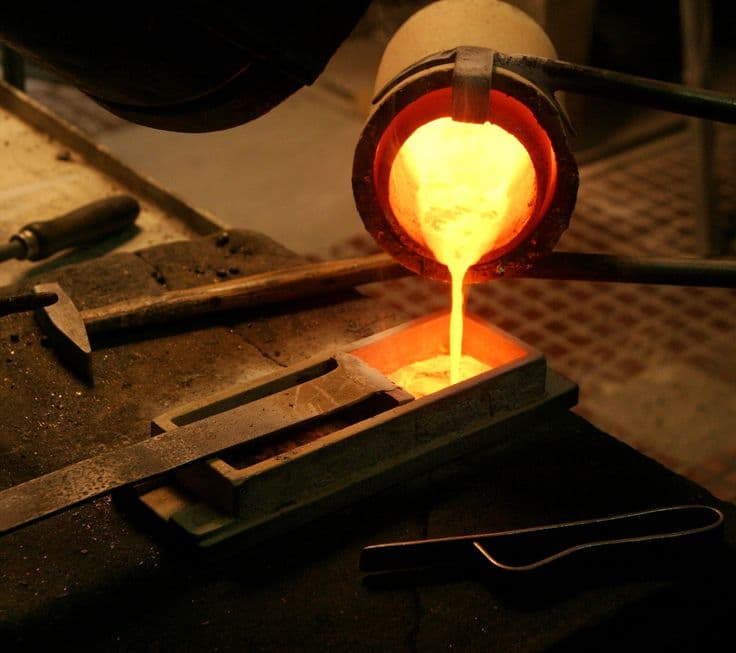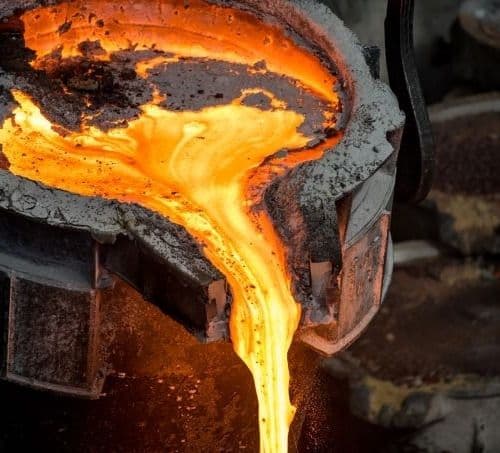
Investment Casting vs Sand Casting: Which is Better for Precision Components?
Discover the key differences between investment casting and sand casting. Learn which process delivers higher precision, better surface finish, and cost efficiency for your industrial components.
When it comes to manufacturing metal components, choosing the right casting process is crucial. Two of the most popular methods — investment casting and sand casting — are often compared for their accuracy, surface finish, and cost efficiency. Both techniques serve different purposes, but the choice depends on your application's precision, volume, and performance requirements. At Neocast Alloys, we specialize in precision investment castings that meet the highest standards of engineering and durability.
1. Surface Finish & Dimensional Tolerance
The biggest difference between investment casting and sand casting lies in their surface quality and tolerance levels.
Investment Casting:
- Uses a wax pattern and ceramic mold to produce a fine surface finish (Ra 1.6–3.2 µm)
- Tight tolerances up to ±0.1 mm
- Ideal for parts that require minimal machining or complex shapes
Sand Casting:
- Uses sand molds that leave a rougher surface finish (Ra 6.3–12.5 µm)
- Looser tolerances (±0.5–1 mm)
- Sand casting parts often need additional machining or finishing after casting
For industries where every micron matters — like valve bodies or turbine blades — investment casting provides unmatched consistency and finish that sand casting simply can't achieve.
2. Material Range & Mechanical Strength
Both casting methods can handle a variety of materials, but investment casting offers more flexibility with alloys and higher mechanical strength.
Investment Casting:
- Supports stainless steels, carbon steels, nickel-based alloys, and non-ferrous materials
- Provides excellent mechanical properties and superior grain structure due to controlled solidification
Sand Casting:
- Commonly used for iron, aluminum, bronze, and low-alloy steels
- Grain structure may not be as refined as investment casting due to slower cooling and coarser molds
If you need corrosion-resistant or high-temperature materials, investment casting is the better choice.
3. Production Volume & Cost
Cost efficiency depends on your production scale and complexity of components.
Investment Casting:
- Higher tooling cost due to wax patterns and ceramic shells
- Best suited for medium to high-volume production of complex components
- Reduces machining time and scrap, saving cost in the long run
Sand Casting:
- Lower tooling cost — molds can be reused or remade easily
- Ideal for low-volume or large, simple parts where surface finish isn't critical
Investment casting offers a better return when precision and repeatability matter more than initial tooling cost.
4. Applications: Where Each Excels
| Industry | Investment Casting | Sand Casting |
|---|---|---|
| Aerospace | Turbine blades, fuel system parts | Engine brackets, housings |
| Automotive | Turbocharger wheels, brackets | Engine blocks, cylinder heads |
| Valve & Pump | Impellers, valve bodies, precision housings | Pump casings, covers |
| Defense / Energy | Fittings, arms, connectors | Large armor components |
At Neocast Alloys, we serve industries that demand high dimensional accuracy and repeatable quality — particularly in valves, pumps, defense, and engineering sectors.
Both investment casting and sand casting have their place in the manufacturing world — but when your project demands tight tolerances, complex geometry, and superior surface finish, investment casting stands out as the clear winner. At Neocast Alloys Private Limited, we combine modern foundry technology, expert metallurgical knowledge, and stringent quality inspection to deliver castings that exceed expectations. Whether you need precision stainless steel components or custom alloy parts, our team ensures every casting meets international standards for strength, durability, and finish.
Looking for comparison solutions?
Explore our range of comparison products and services tailored to your industry needs.



